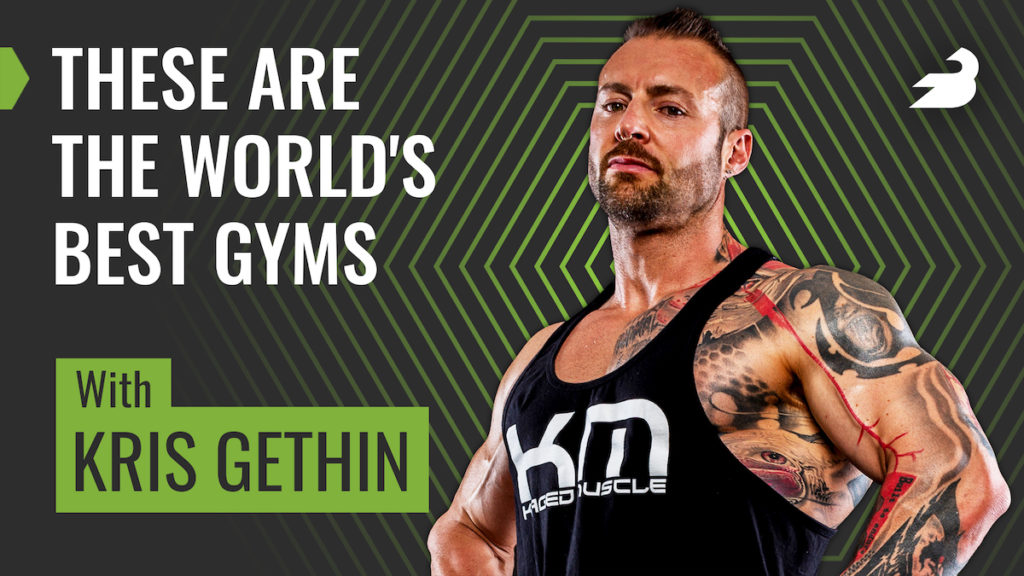Today we’re talking to Kris Gethin, a renowned bodybuilder, biohacker, and owner of KAGED Muscle Supplements. Kris, who joins us on the podcast for a second time, is also an extreme sports junkie, and earlier in 2021 he suffered a significant triceps injury while snowboarding. We talk about Kris’ approach to recovery, and how his years of working to optimize recovery from in the gym training have impacted that approach. We also discuss his favorite gyms around the world, and why bodybuilding training can be so much more difficult than many people realize.

On this episode of The BarBend Podcast, host David Thomas Tao talks to Kris Gethin about:
- Kris’ recent injury recovery (01:50)
- Training heading into the injury, and why “bro splits” can be okay (07:00)
- The impact of training on your mental state (11:00)
- Kris’ intermittent fasting protocol (13:00)
- The process for developing new supplements, like a brand new meal replacement (15:50)
- Kris’ favorite gyms when he’s traveling (21:00)
- Finding the hidden gems among independent gyms (24:30)
Relevant links and further reading: